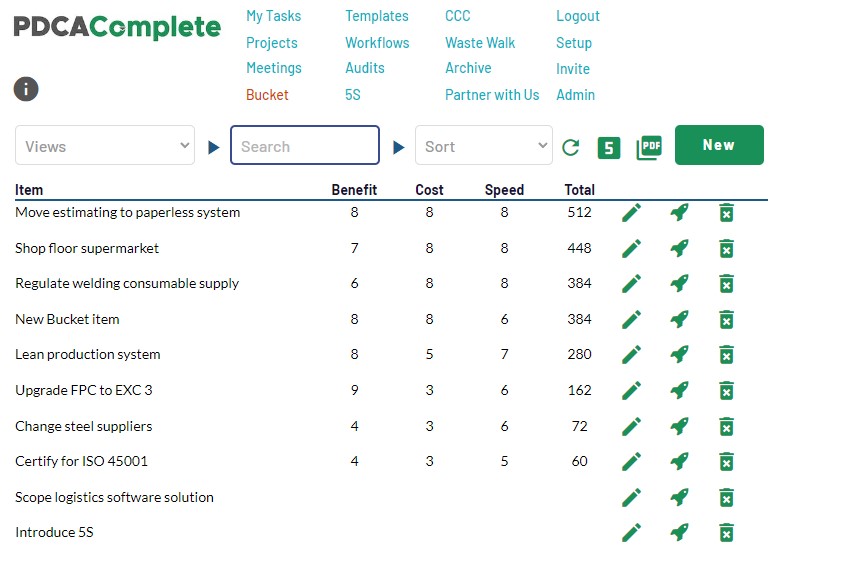What’s your SWOT?
For many of the businesses that I am involved with, this time of year seems to be rife with business planning activity. It makes sense, get a new game plan lined up for the start of the New Year. Very motivating!
One of the key tools that comes up time and time again is the SWOT analysis. As a recap, SWOT stands for:
- Strengths – what are you great at that you can build on?
- Weaknesses – what are you less than brilliant and have some work to do?
- Opportunities – what can you take advantage of / make the most out of?
- Threats – what is hovering around your business that could take you out of the game?
I use SWOT as a tool to focus on the activities and events that are in and around the control of the business. This allows for practical business action plans to be drawn up.
But, what can you do if you aren’t in the middle of your business planning phase, aren’t keen on the SWOT analysis or just don’t have the time to think about all of this?
It’s time to get honest…
Brutal honesty list
What do you suck at?
This is the most direct question you can ask. Write down anything that comes to mind. To help you get the most from this question:
- What are you bad at, as an organisation?
- What do you routinely fail at, as a manager?
- What trips you up, time and time again, as you try to deliver on time?
Being brutally honest is a fast route towards improvement, especially if you take responsibility for your own personal weaknesses.
As a note of caution – please don’t depress yourself with the list. We all have shortcomings. This list is not to torture you, it is to help point your finger on what would make the biggest impact for your on time delivery improvements and your wider business improvements.
If you consider these questions with regards to your delivery performance, you can quickly come up with a list of improvements. Being brutal about your on time delivery ability is the only way to identify the changes that will make a real difference. I’ll come back to the benefits of improving your on time delivery performance at the end of this article.
After all, there are reasons and results in life… and reasons rarely matter when it comes to business outcomes.
Curate the list
Now that you have a list of things to work on, you need to prioritise it. If you don’t have a preferred method for prioritising improvements, let me suggest the BCS method.
BCS stands for Benefit, Cost and Speed.
For each improvement opportunity, score them out of ten for each of the three factors. To give you an idea on how to score them, refer to the table below. Choose numbers between 1 and 10 to indicate how strong they are on this scale.
| High Score (10) | Low Score (1) | |
| Benefit | A game changing improvement | Negligible change |
| Cost | Almost free | Expensive, several year payback |
| Speed | It can be done this afternoon | Six months plus |
To calculate the BCS score, multiply the three scores together. You can then rank the improvements, highest number first.
Here are two examples:
#1 – Deploying a new software tool
Benefit = 8
Cost = 3
Speed = 5
BCS = 8 x 3 x 5 = 120
#2 – Implementing a routine with your team
Benefit = 7
Cost = 9
Speed = 9
BCS = 7 x 9 x 9 = 567
On this basis, you would work on opportunity #2 first.
Assign the opportunities and perhaps even set them as objectives for the New Year.

Time to reflect
Before we get to the end of the year, let me remind you of a really good reason to raise your on time delivery performance.
Many customers want a reliable supplier.
It certainly isn’t the sexiest of mission statements but it can lead to additional and repeat business. And, if you get it right, it can lead to you having a slightly easier life.
If that floats your boat, then get brutally honest about your shortcomings and set some new objectives for you and your business. Remember, reasons usually don’t count – results do!
And, if you want a free account with PDCA Complete, to help you prioritise your business opportunities using the BCS system, click on this link and claim your account today.